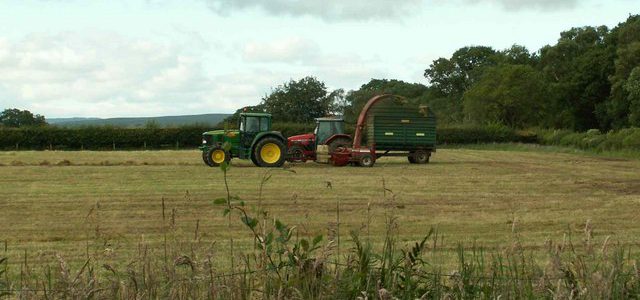Pam Knox
-

The College of DuPage web site has updated satellite images which show the slowly spinning low pressure that is bringing rain to parts of the Southeast. I’ve put one from the afternoon of August 8 below. It shows the low slowly meandering across Georgia. You can also see it in the radar picture, which I’ve…
-

I read an interesting story this morning about how Iowa farmers are contributing to a move to restore prairie across parts of the US. Prairie originally covered much of the central US, and contained an amazingly diverse array of plants, animals and insects. The roots of the prairie plants went deep and helped hold the…
Posted in: Climate and Ag in the news -

Here is a useful interactive web site you might find useful in looking at the rain in the Southeast this week. It allows you to zoom and to look at future rain forecasts as well as current radar conditions, satellite imagery, and flood watches and warnings. You can find it by clicking here.
Posted in: Sources of weather and climate data -

While we watch to see how much rain we get out of the developing system near the Gulf, here is some advice that you might find useful on how to manage pasture in dry conditions: https://www.kingsagriseeds.com/handle-hay-fields-pastures-severe-drought/.
-

Have you ever driven past a field of sunflowers and seen them all facing the same direction? They seem to follow the sun. But how do they do it? I saw a fascinating story this week about scientists who finally figured out the mechanism for growth that allows the sunflowers to move with the sun…
-

The Capital Weather Gang has a thoughtful article today describing the current drought of major hurricanes hitting the US and why it is so worrisome. The streak has reached 3,939 days, two years longer than any previous drought. The drought for Florida is more than ten years, and for Georgia much longer than that. The…
-

For those of you who have been watching the increasing drought in the Southeast with dismay, this may be the week you were looking for. A change in the pattern has brought a slow-moving low pressure system to the Southeast Gulf coast, and it looks like it will stick around for most of the week.…